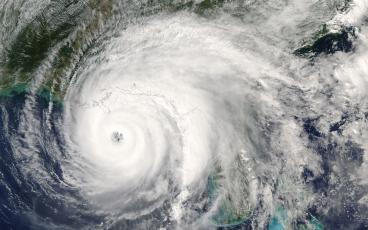The Federal Aviation Administration (FAA) predicts there may be over five million total drones flying the national airspace by 2020. On one hand, this is great news: drones present significant opportunities for commercial users, as well as endless enjoyment for hobbyists. However, there is also a darker side to this emerging technology; drones used carelessly or criminally present serious threats to public safety and privacy, as well as to national security.
To address these security and safety concerns, FAA in May 2017 established the UAS ID and Tracking ARC to consider remote identification and tracking systems for U.S. drones. The ARC’s final report, submitted to FAA in September and Tuesday, December 19th, recommends that FAA exempt all hobby drones (expected to exceed 4 million – or more than 75% of all aircraft – by 2020) from any identification and tracking requirements. This last-minute recommendation was by no means unanimous: a coalition of ARC members (including the Commercial Drone Alliance, of which AFPM is a member) sent a letter of dissent to FAA over the matter, underscoring the risks of the recommendations.
Looking ahead, it would be irresponsible for the FAA to accept the ARC’s recommendations. Exempting such a huge portion of the drone industry from identification requirements would directly and negatively impact public safety, the efficiency of the national airspace system, and our nation’s security. More specifically for AFPM’s member companies, unauthorized and identifiable drones would pose security, privacy, and economic threats to critical energy infrastructure sites.
Despite the incredible opportunities drones present our society, the “drone threat” is real. It’s critical that all drones flying in the national airspace follow the same rules.


